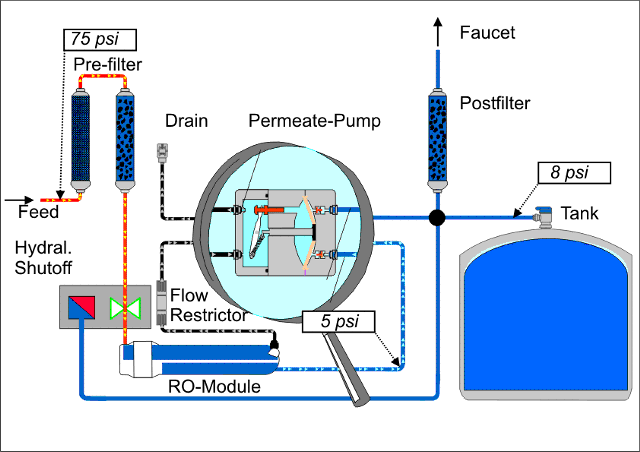Robert Gift
Member
Wonder if the dripping water is measured by the front yard below-grade water meter?*
Would like to run the 1/4-inch plastic tube to the backyard.
Or would the gravity pressure from running it from the basement up to the back yard affect performance?
(I may mounthe unit athe basement ceiling. Wife does not want itaking up space in a kitchen cabinet.)
Thank you.
*In China, many have a faucet slowing dripping into a plastic basin to collect "free" water - unmeasured by their water meter.
Their water is not potable. They all have water dispensers.
Would like to run the 1/4-inch plastic tube to the backyard.
Or would the gravity pressure from running it from the basement up to the back yard affect performance?
(I may mounthe unit athe basement ceiling. Wife does not want itaking up space in a kitchen cabinet.)
Thank you.
*In China, many have a faucet slowing dripping into a plastic basin to collect "free" water - unmeasured by their water meter.
Their water is not potable. They all have water dispensers.
Last edited:

